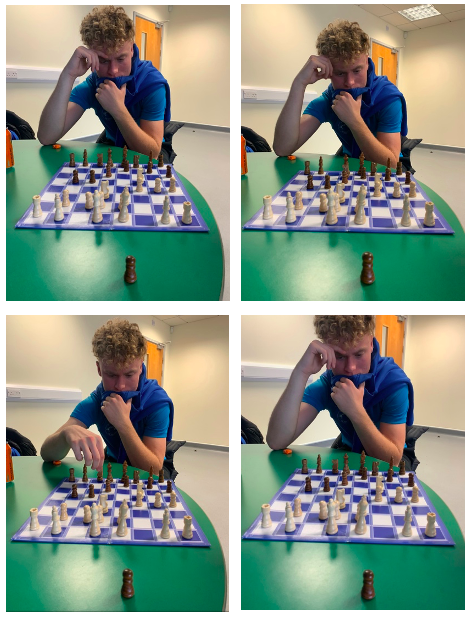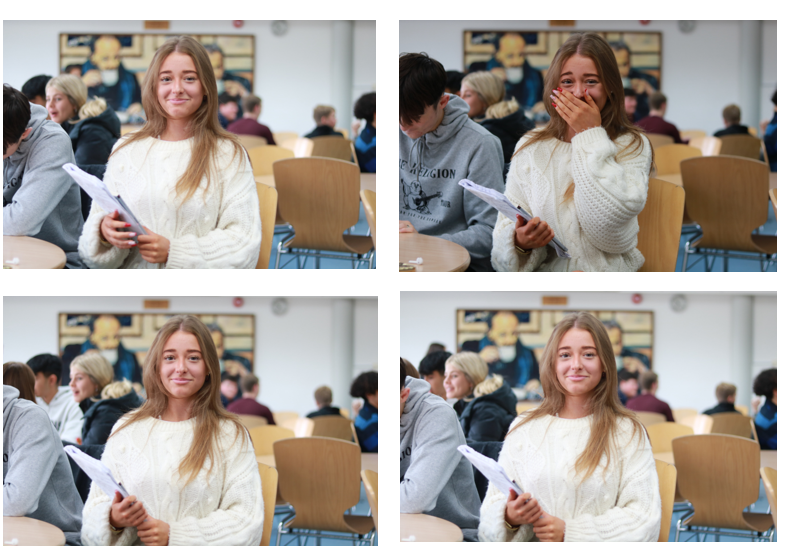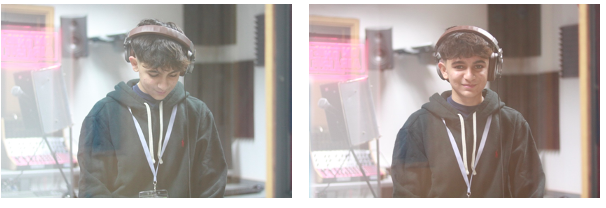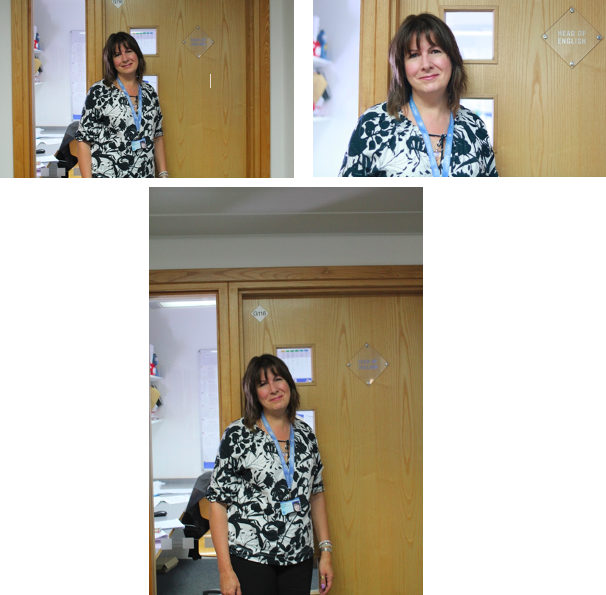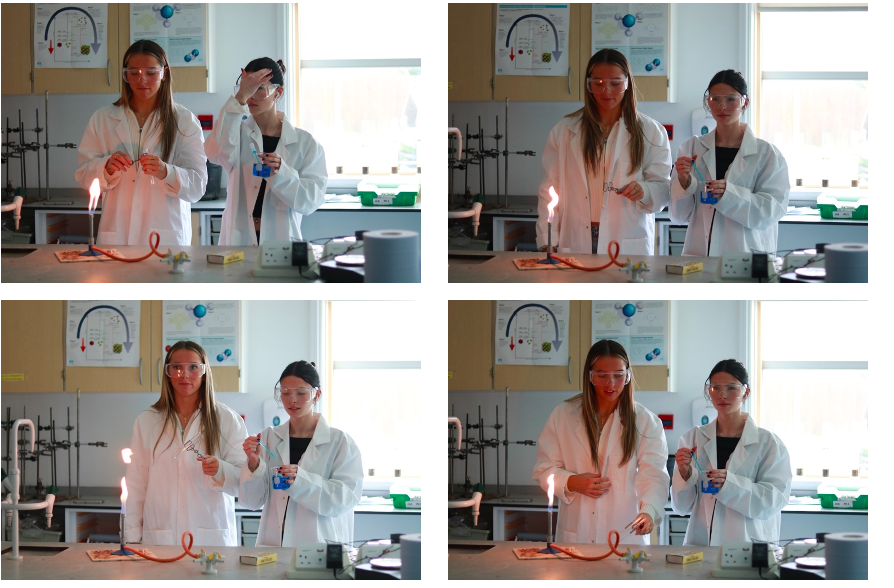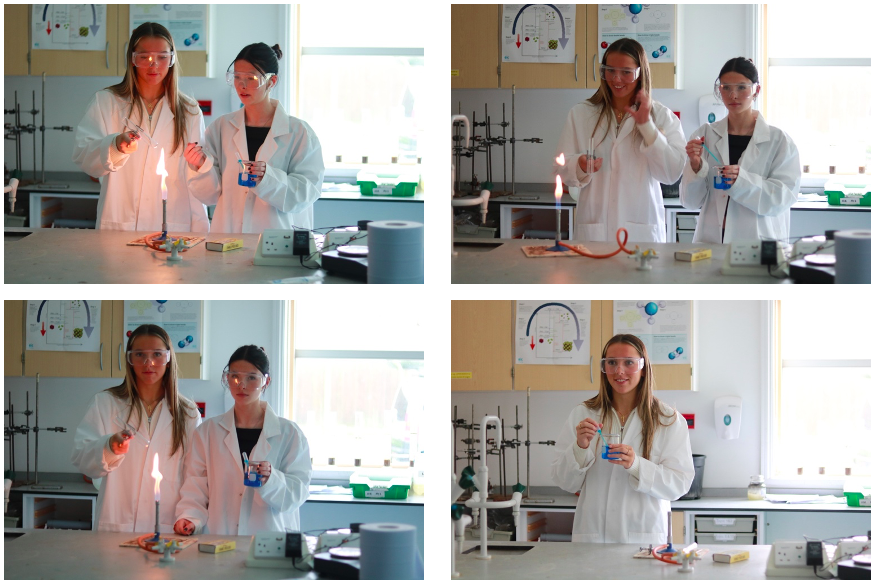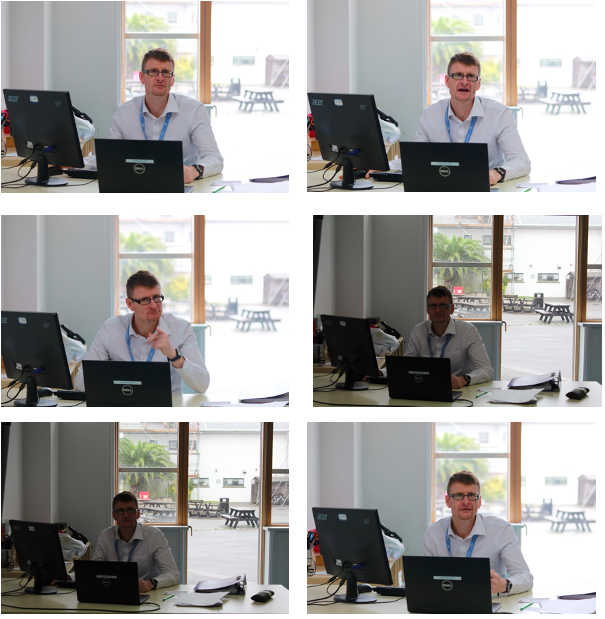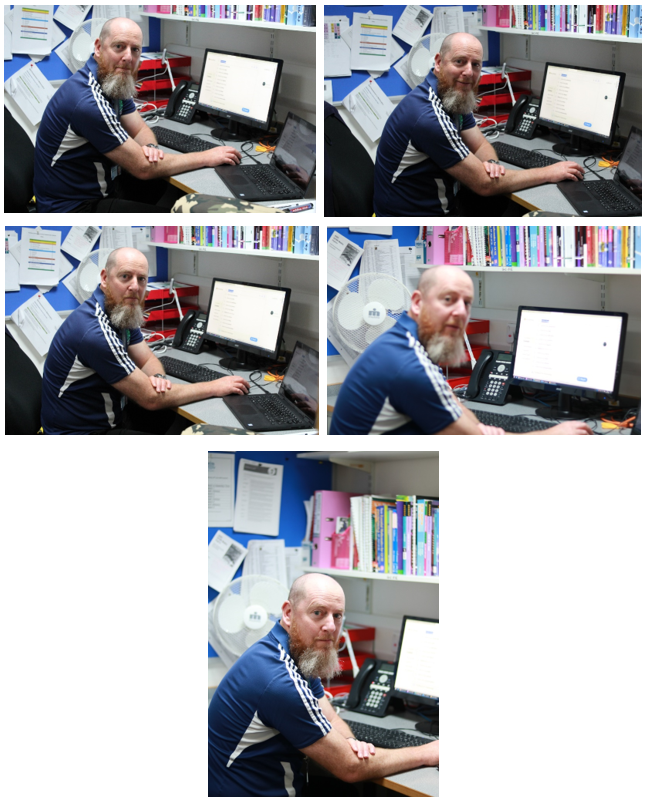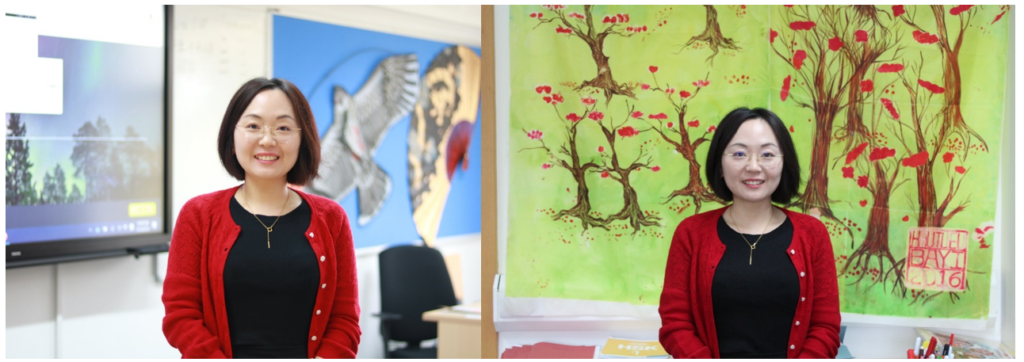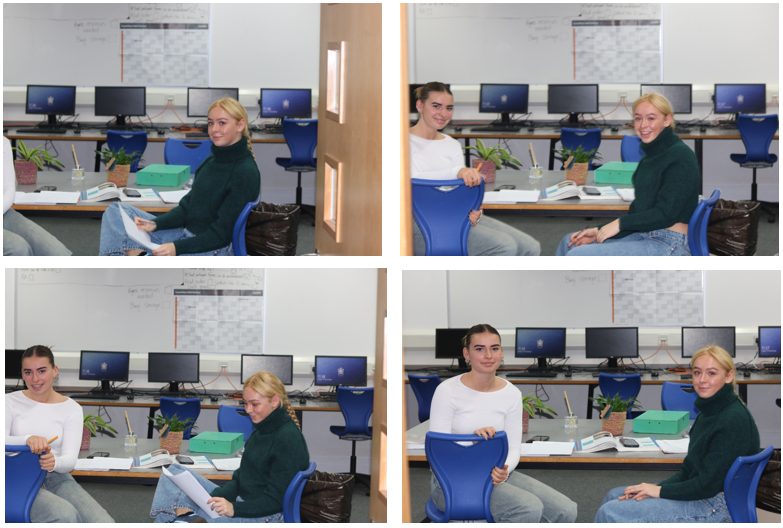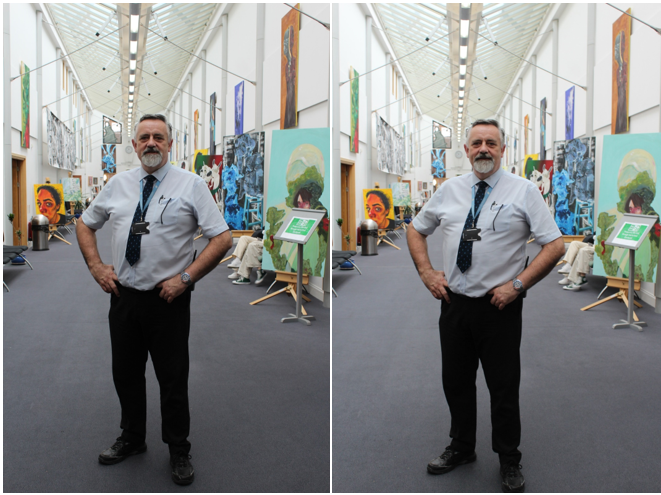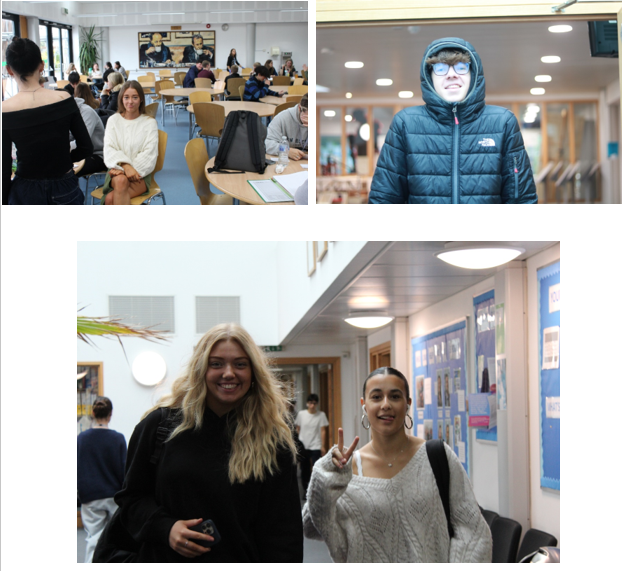Photoshoot Plan
My plan for this photoshoot is to go to various workplaces and take photos of people within their own workplaces. I would like to aim to take photos of mainly people who have dresses in a way that links to their workplace, such as by wearing an apron, suit or outfit with logos of the workplace. I also think it would be a good idea to get photos of my Grandad in his armchair as it is typically the place he is associated with. Some locations I am going to try get photos are in the Market, at Waffle House and I may see if I can go to the States of Jersey offices with my parents.
Contact Sheet
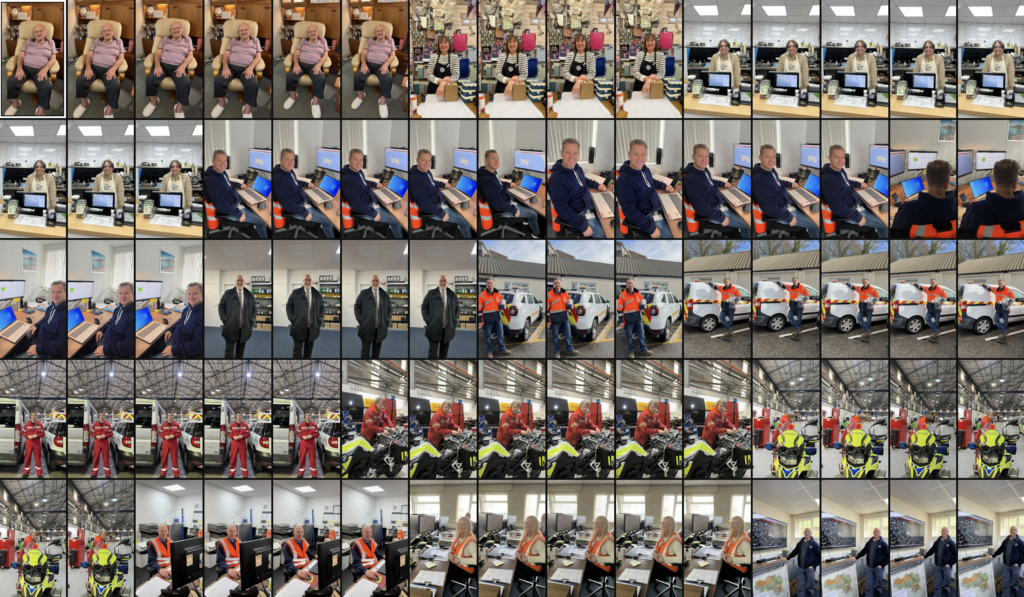
This is my contact sheet of all of my photos taken in the photoshoot. I am now going to create a smaller contact sheet with all of my best images for editing.

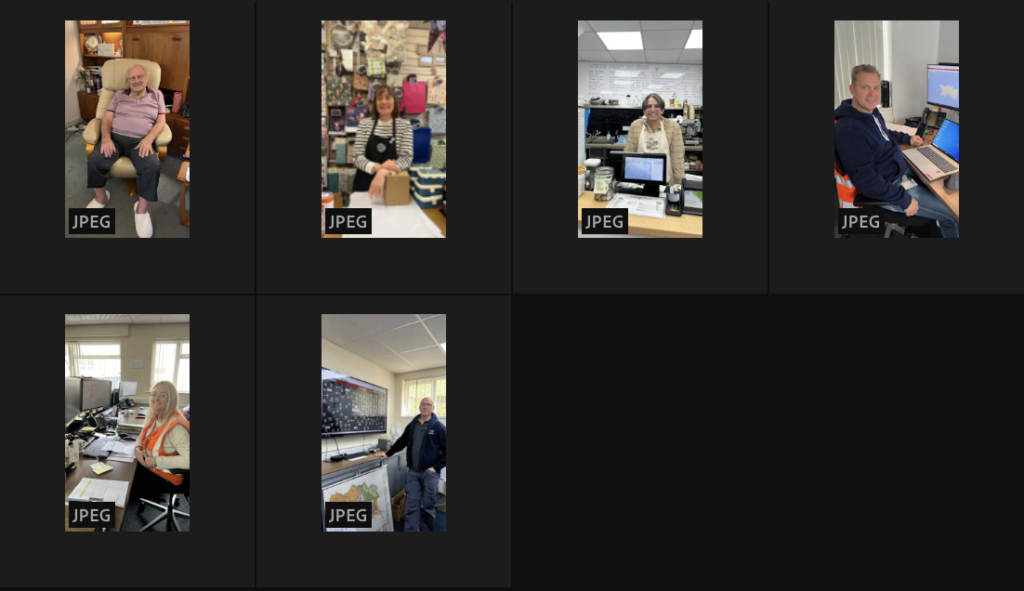
This is a collection of my best photos which I am going to use to edit.
Edits
Edit 1
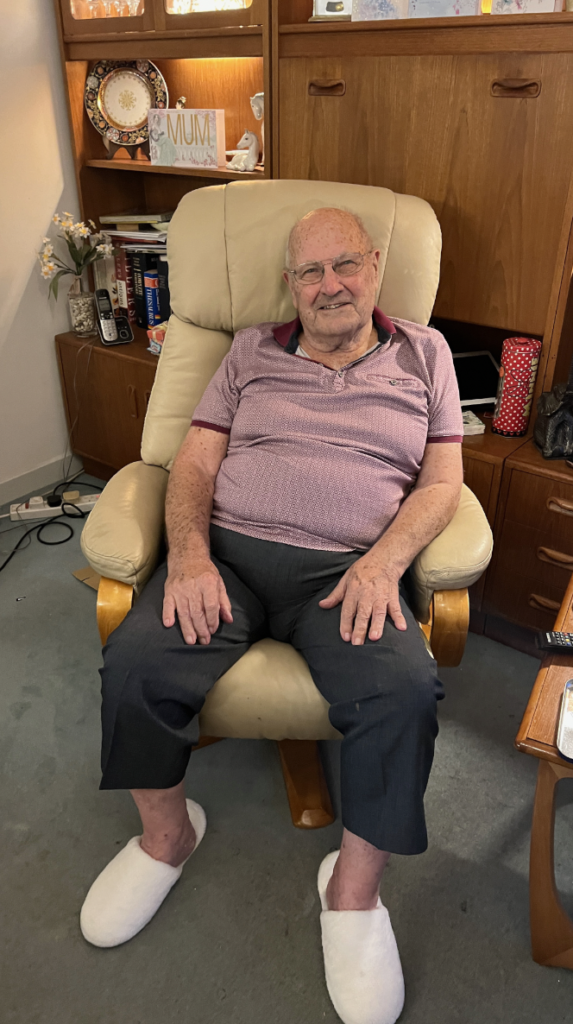
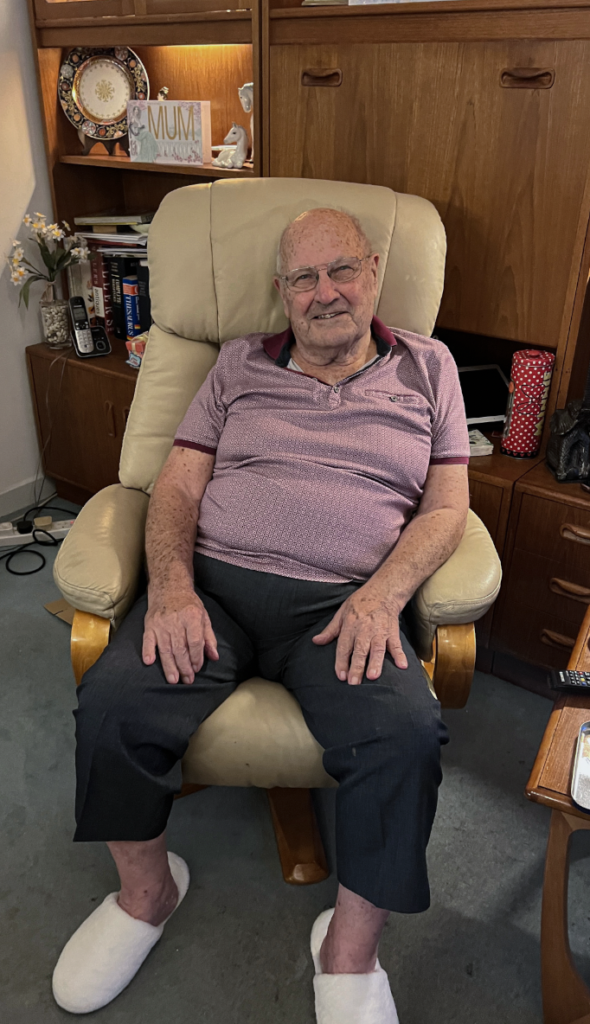
This is a photo of my Grandad in his Armchair. I edited this photo by cropping it then decreasing exposure, contrast and shadows. I finished off by increasing highlights, texture and clarity.
Edit 2
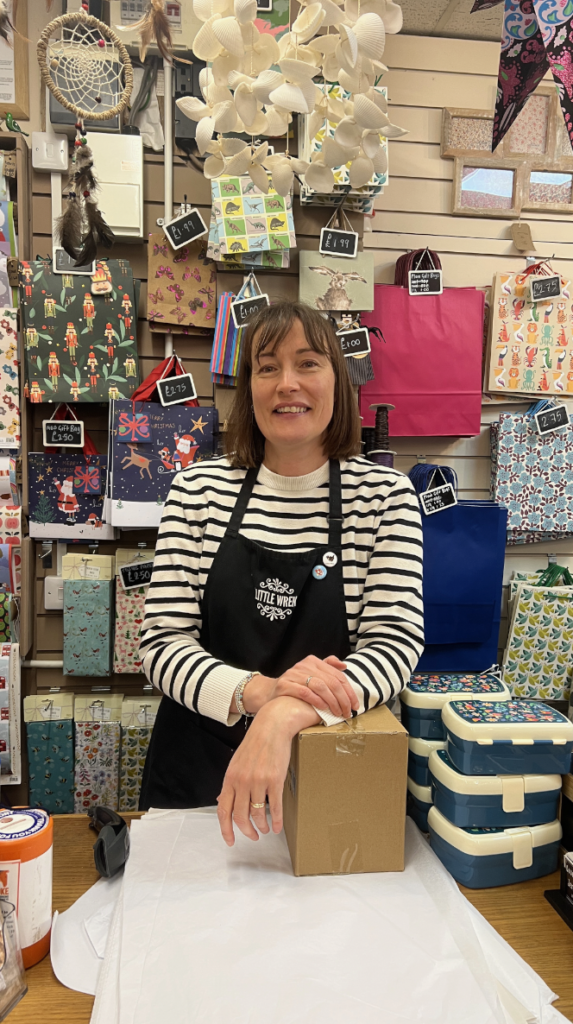
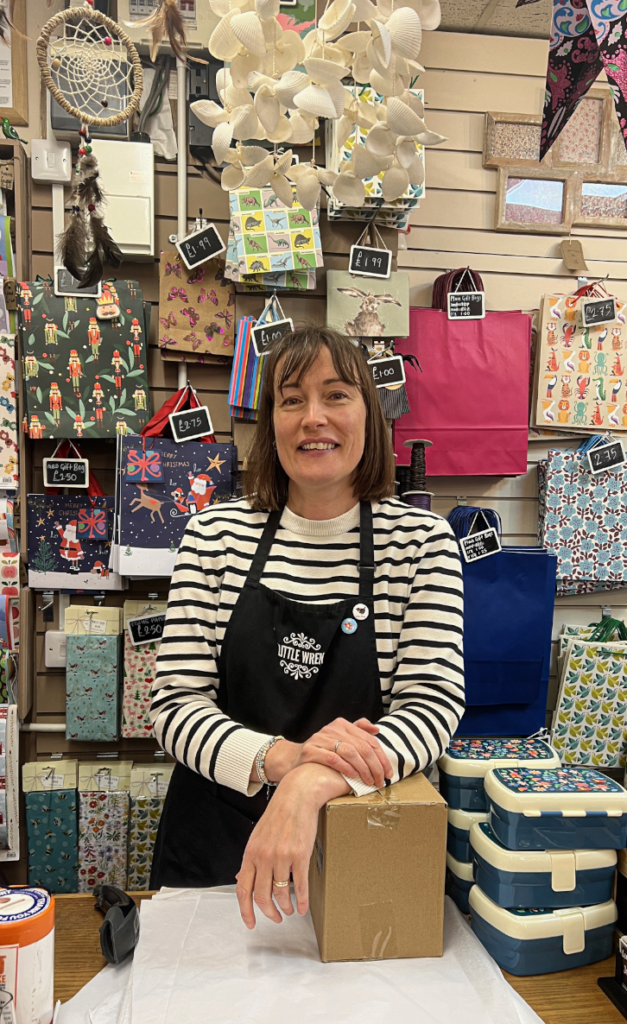
I got this photo in Little Wren in the Market of the lady who works there stood at the till. I edited this photo by slightly cropping the bottom and increasing the texture and clarity to make the image more clear and give it more depth.
Edit 3
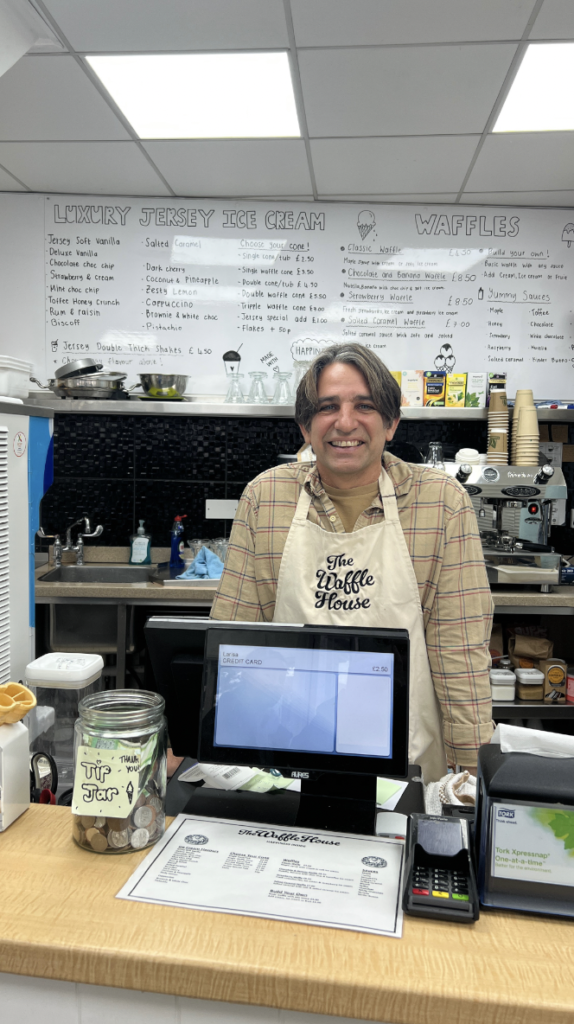

This is a photo of the man who works in Waffle House. I edited this photo by, starting off, cropping the top, bottom and left then slightly decreasing the exposure. Lastly, I increased the temperature, tint, texture and clarity.
Edit 4

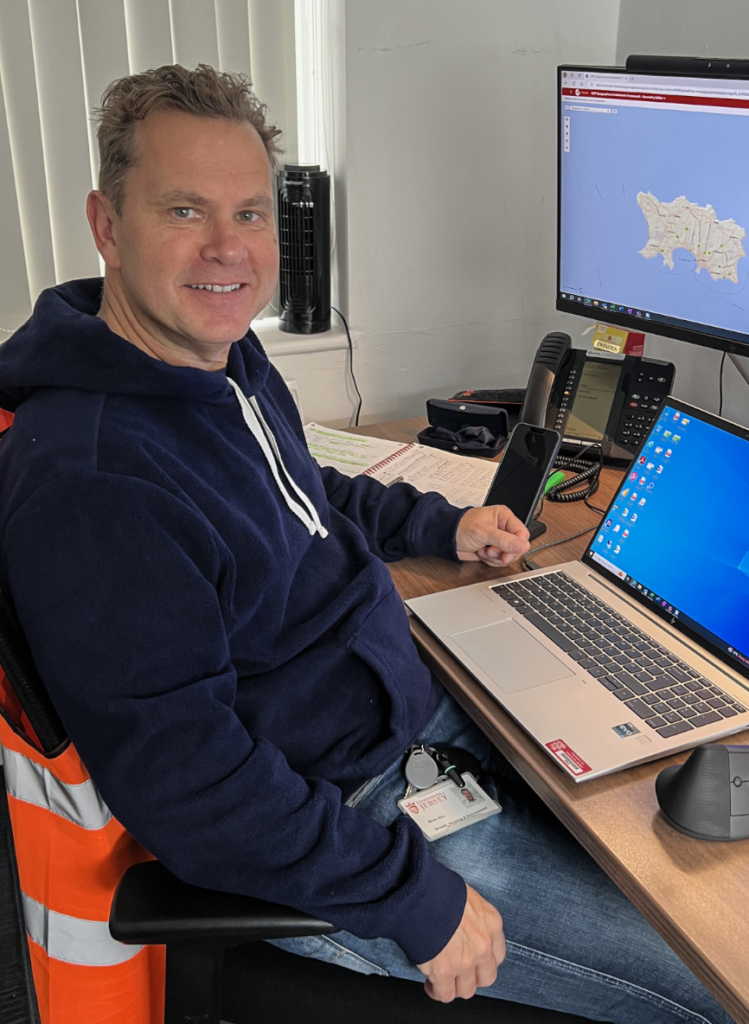
This is a photo of my Dad at his desk at work. I edited this photo by cropping the top and bottom then increasing the texture and clarity.
Edit 5
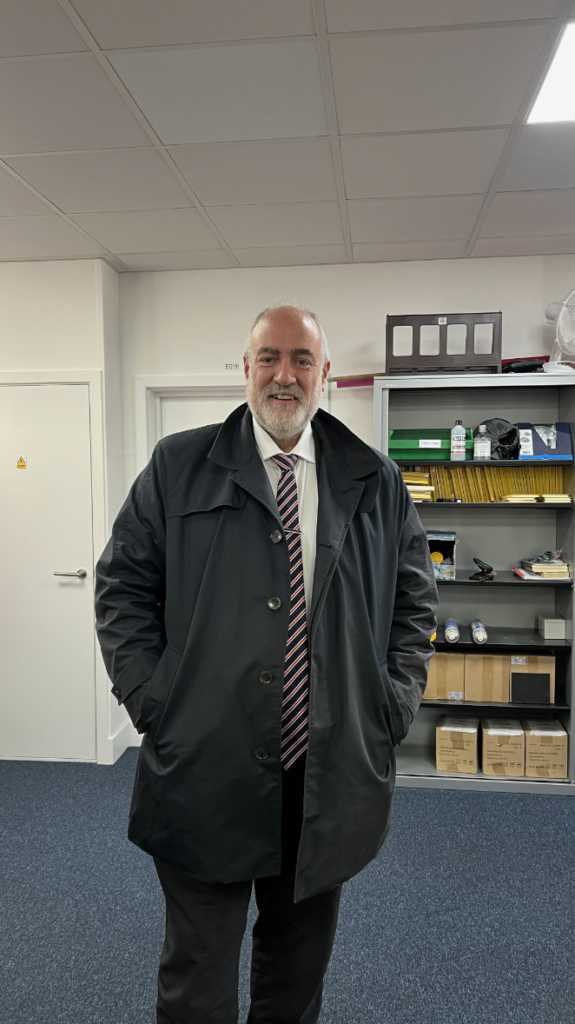
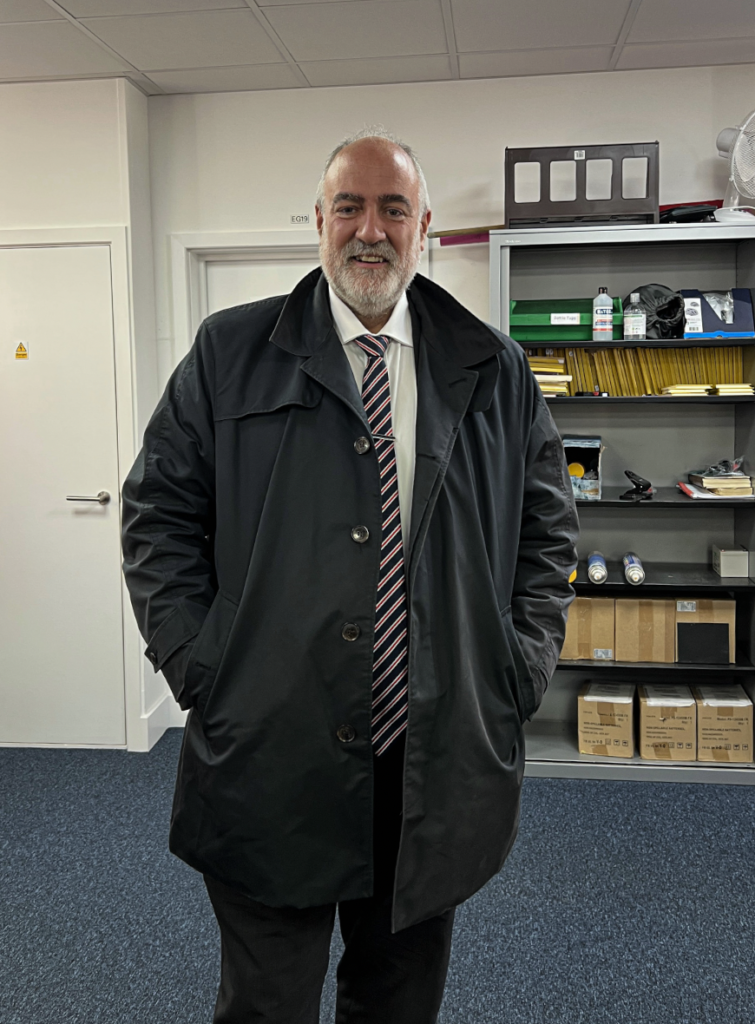
This is one of the very important bosses within the States of Jersey. I edited this photo by, firstly, cropping the top and bottom then slightly rotating it so that the side of the shelving unit lines up with the side of the photo. Finally, I increased the exposure, highlights and texture.
Edit 6
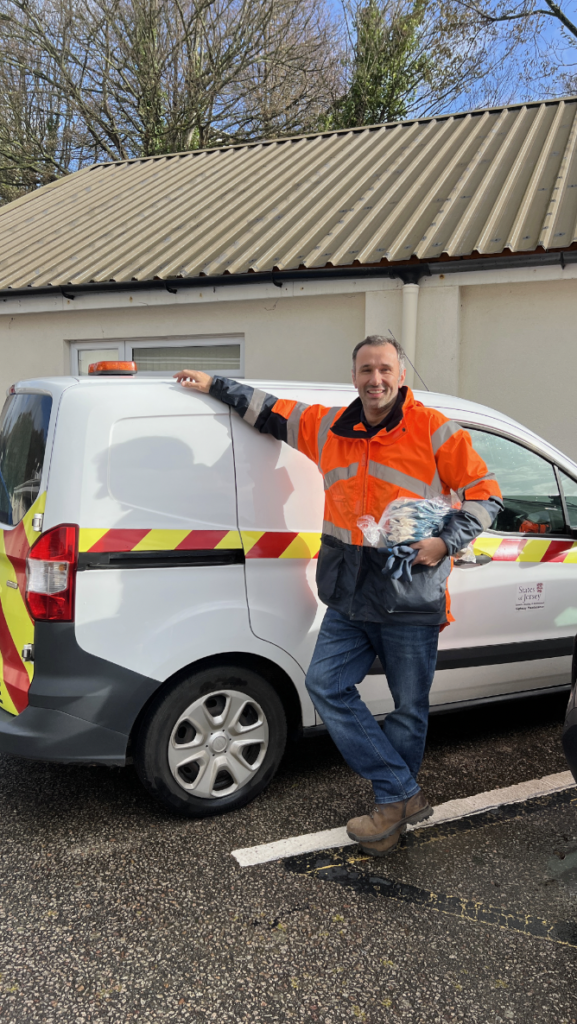
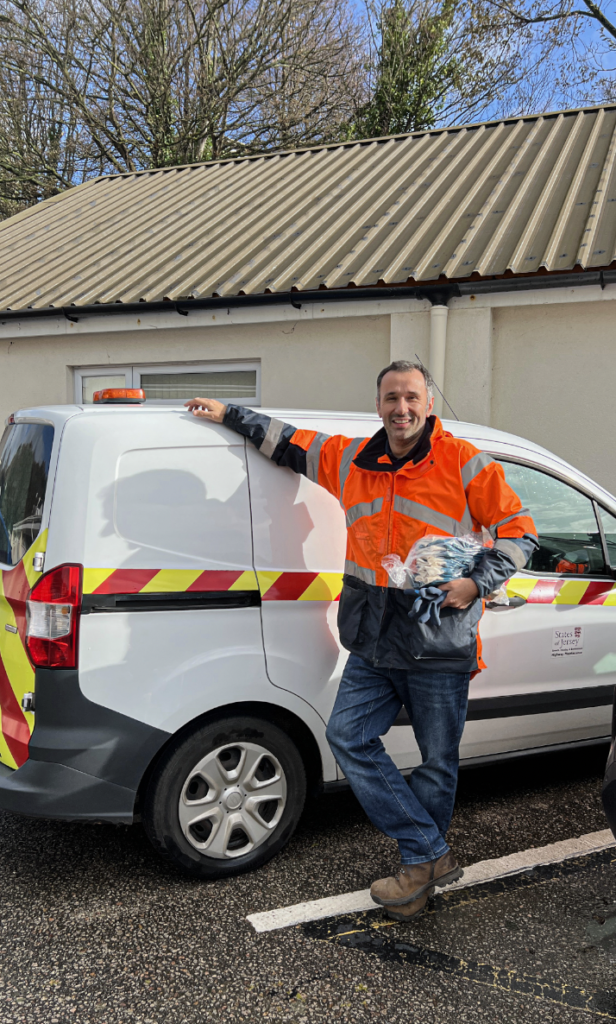
This is a photo of a random guy at the States building. I edited this photo by cropping the bottom and then increasing the texture and clarity to enhance the finer details.
Edit 7

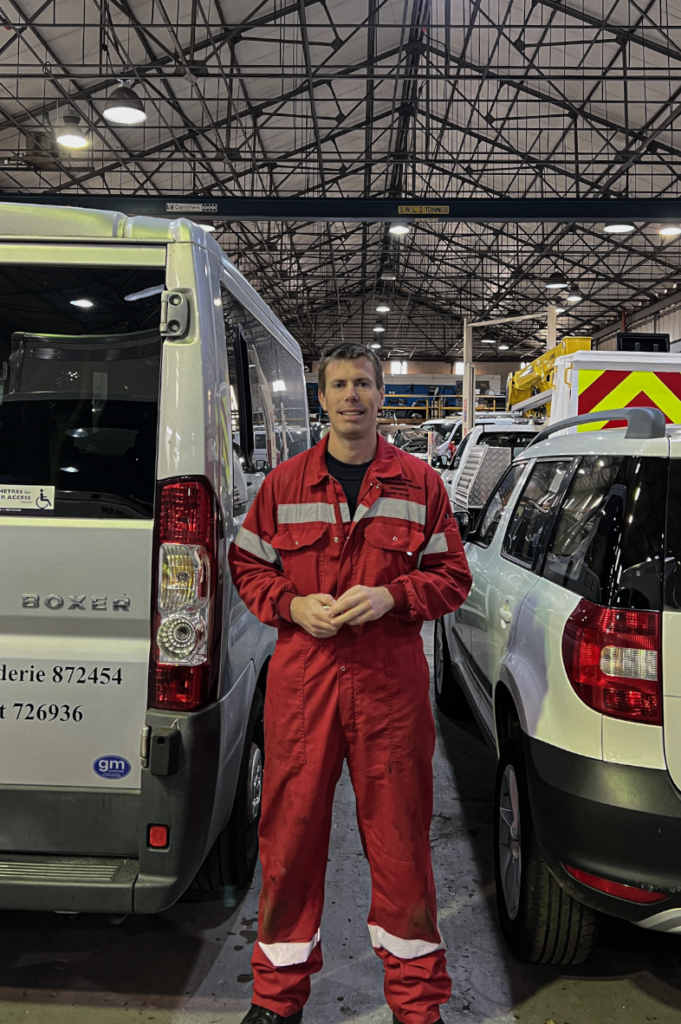
I took this photo in the Warehouse where they maintain Government vehicles, this is one of the Mechanics. I edited this photo by slight rotating the photo so that the beam across the image is straight and then I cropped the top of the image. I also increased the texture and clarity and slightly adjusted the exposure.
Edit 8
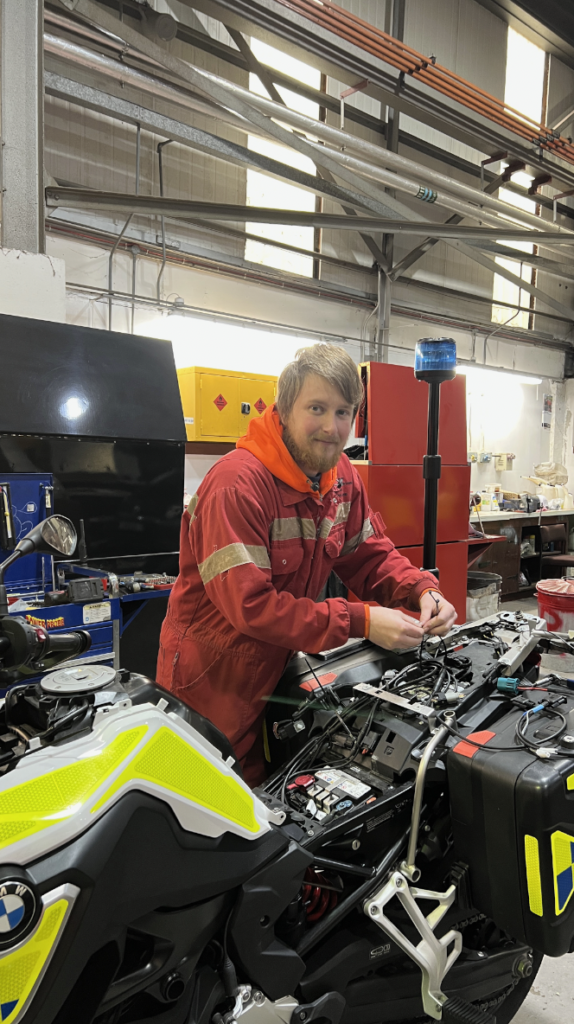
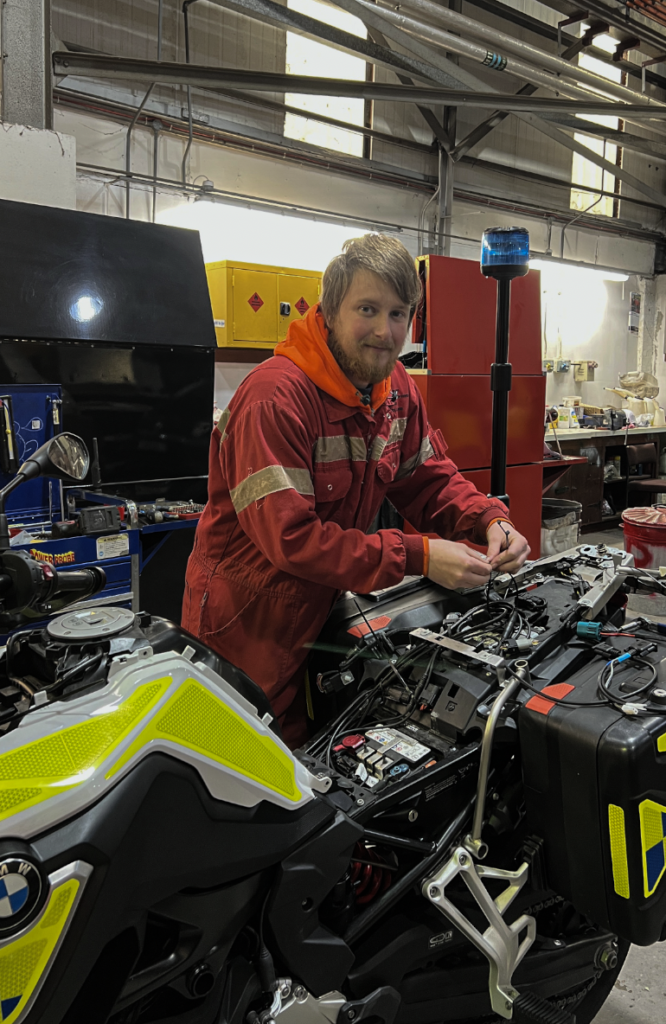
This is a photo of another Mechanic who is doing work on a Police Motorcycle. I edited this photo by cropping the top and slightly decreasing the exposure to make is more clear and less pixelated.
Edit 9
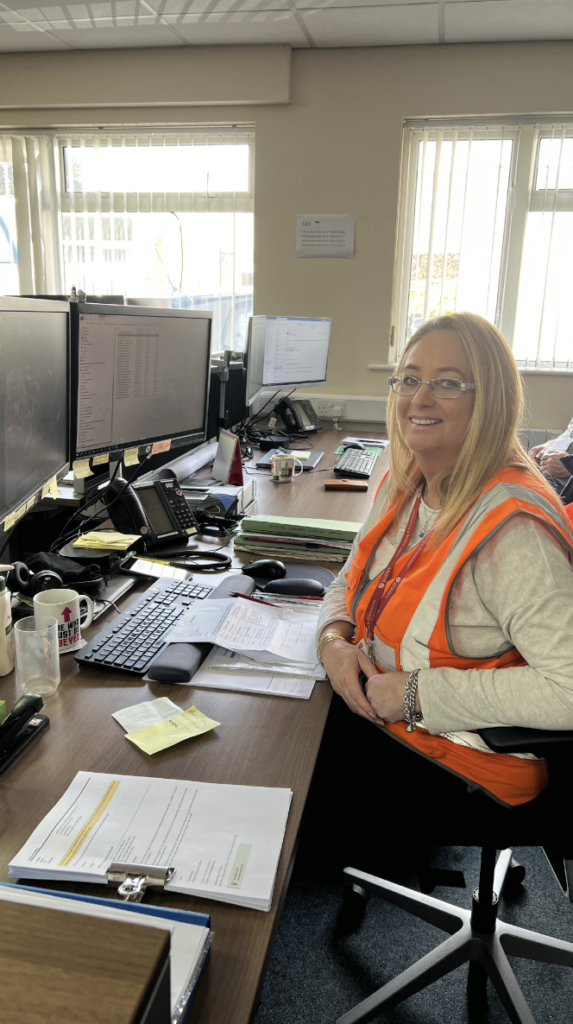

All I did to edit this photo was decreasing the texture then, additionally, using the brush tool to decrease the exposure of the windows.
Edit 10
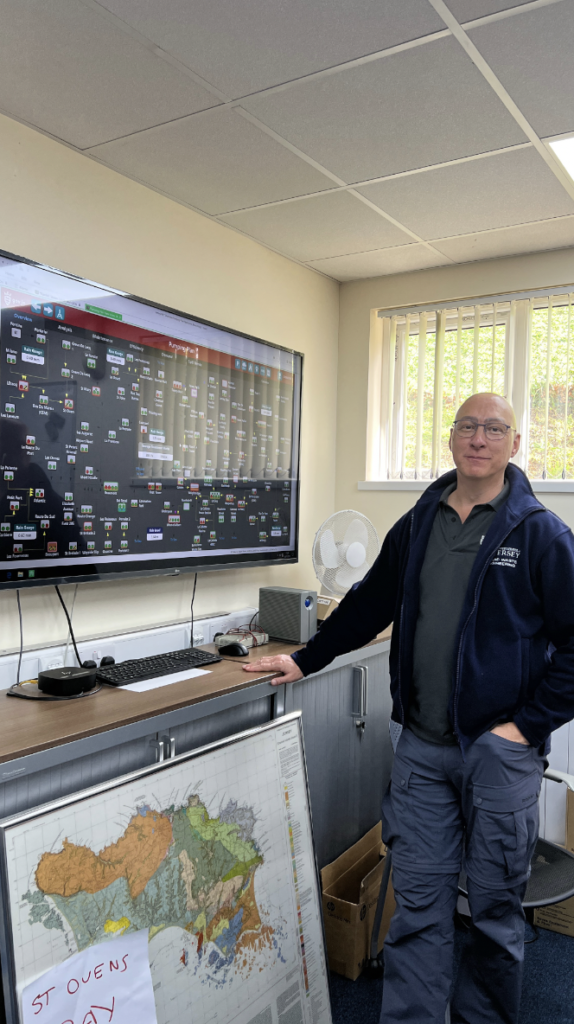
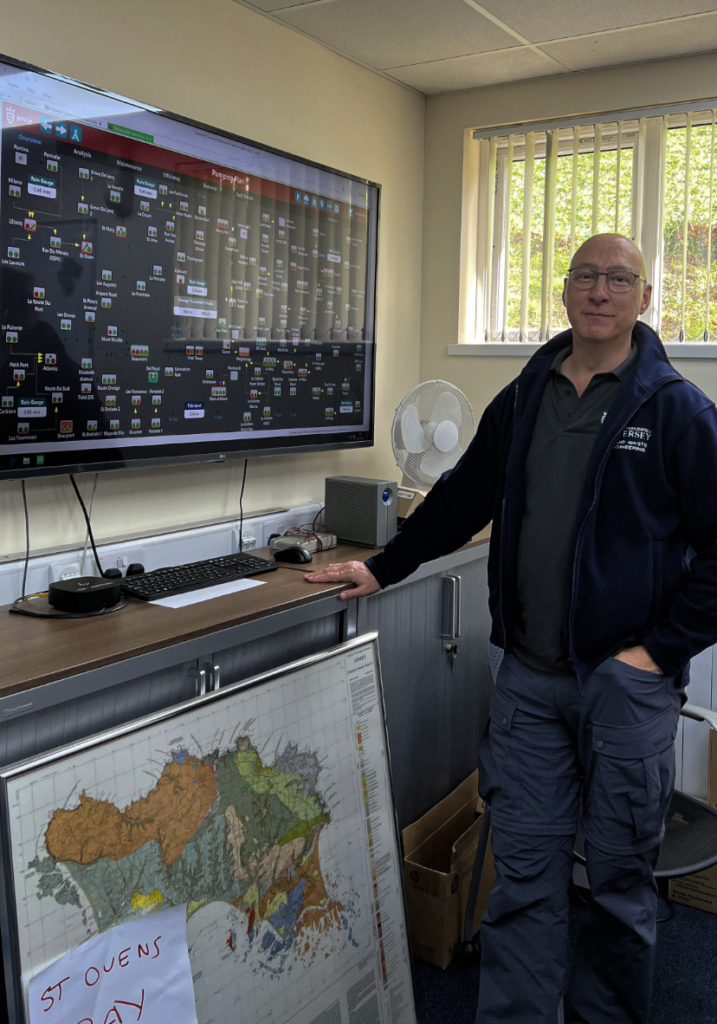
This is a photo of one of the States workers who are in charge of the pumping stations on the Island, as shown by the map on the TV screen. I edited this photo by cropping the top and then increasing the texture and decreasing the exposure.
Final Outcomes










Virtual Gallery
Evaluation



